Neelabhro Roy
AI and Vision based Autonomous Navigation of Nano-Drones in Partially-Known Environments
May 08, 2025Abstract:The miniaturisation of sensors and processors, the advancements in connected edge intelligence, and the exponential interest in Artificial Intelligence are boosting the affirmation of autonomous nano-size drones in the Internet of Robotic Things ecosystem. However, achieving safe autonomous navigation and high-level tasks such as exploration and surveillance with these tiny platforms is extremely challenging due to their limited resources. This work focuses on enabling the safe and autonomous flight of a pocket-size, 30-gram platform called Crazyflie 2.1 in a partially known environment. We propose a novel AI-aided, vision-based reactive planning method for obstacle avoidance under the ambit of Integrated Sensing, Computing and Communication paradigm. We deal with the constraints of the nano-drone by splitting the navigation task into two parts: a deep learning-based object detector runs on the edge (external hardware) while the planning algorithm is executed onboard. The results show the ability to command the drone at $\sim8$ frames-per-second and a model performance reaching a COCO mean-average-precision of $60.8$. Field experiments demonstrate the feasibility of the solution with the drone flying at a top speed of $1$ m/s while steering away from an obstacle placed in an unknown position and reaching the target destination. The outcome highlights the compatibility of the communication delay and the model performance with the requirements of the real-time navigation task. We provide a feasible alternative to a fully onboard implementation that can be extended to autonomous exploration with nano-drones.
Quality of Control based Resource Dimensioning for Collaborative Edge Robotics
Nov 11, 2024
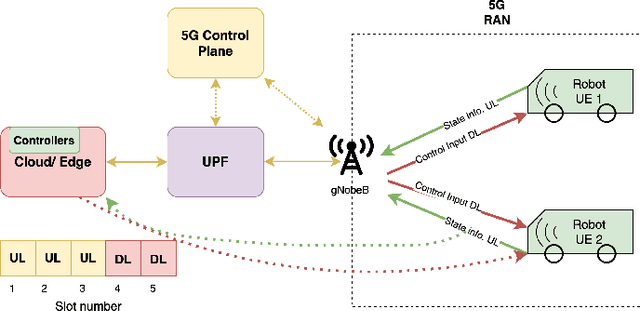
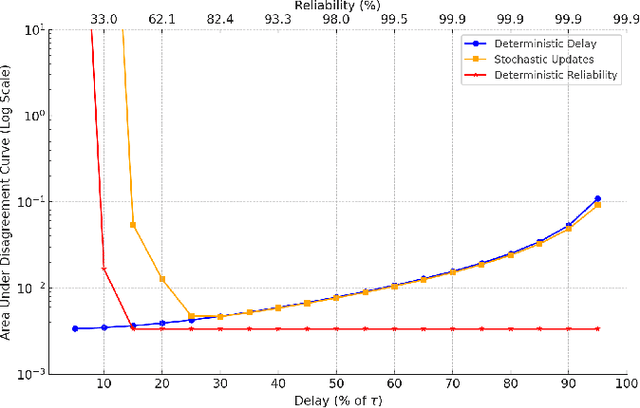
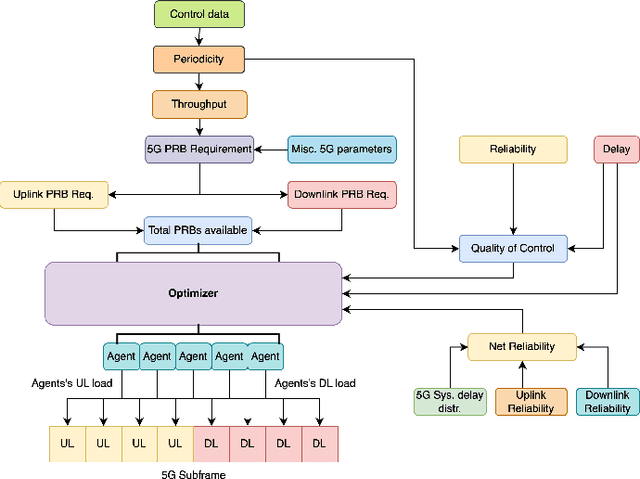
Abstract:With the increasing focus on flexible automation, which emphasizes systems capable of adapting to varied tasks and conditions, exploring future deployments of cloud and edge-based network infrastructures in robotic systems becomes crucial. This work, examines how wireless solutions could support the shift from rigid, wired setups toward more adaptive, flexible automation in industrial environments. We provide a quality of control (QoC) based abstraction for robotic workloads, parameterized on loop latency and reliability, and jointly optimize system performance. The setup involves collaborative robots working on distributed tasks, underscoring how wireless communication can enable more dynamic coordination in flexible automation systems. We use our abstraction to optimally maximize the QoC ensuring efficient operation even under varying network conditions. Additionally, our solution allocates the communication resources in time slots, optimizing the balance between communication and control costs. Our simulation results highlight that minimizing the delay in the system may not always ensure the best QoC but can lead to substantial gains in QoC if delays are sometimes relaxed, allowing more packets to be delivered reliably.
ExPECA: An Experimental Platform for Trustworthy Edge Computing Applications
Nov 02, 2023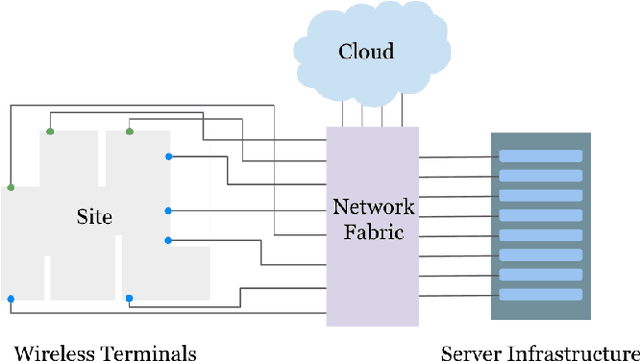
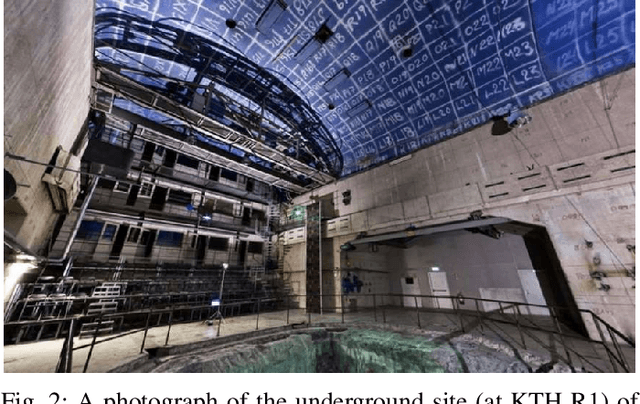
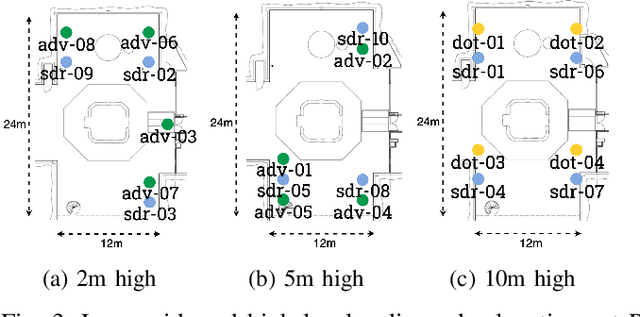

Abstract:This paper presents ExPECA, an edge computing and wireless communication research testbed designed to tackle two pressing challenges: comprehensive end-to-end experimentation and high levels of experimental reproducibility. Leveraging OpenStack-based Chameleon Infrastructure (CHI) framework for its proven flexibility and ease of operation, ExPECA is located in a unique, isolated underground facility, providing a highly controlled setting for wireless experiments. The testbed is engineered to facilitate integrated studies of both communication and computation, offering a diverse array of Software-Defined Radios (SDR) and Commercial Off-The-Shelf (COTS) wireless and wired links, as well as containerized computational environments. We exemplify the experimental possibilities of the testbed using OpenRTiST, a latency-sensitive, bandwidth-intensive application, and analyze its performance. Lastly, we highlight an array of research domains and experimental setups that stand to gain from ExPECA's features, including closed-loop applications and time-sensitive networking.
Semantically Optimized End-to-End Learning for Positional Telemetry in Vehicular Scenarios
May 05, 2023Abstract:End-to-end learning for wireless communications has recently attracted much interest in the community, owing to the emergence of deep learning-based architectures for the physical layer. Neural network-based autoencoders have been proposed as potential replacements of traditional model-based transmitter and receiver structures. Such a replacement primarily provides an unprecedented level of flexibility, allowing to tune such emerging physical layer network stacks in many different directions. The semantic relevance of the transmitted messages is one of those directions. In this paper, we leverage a specific semantic relationship between the occurrence of a message (the source), and the channel statistics. Such a scenario could be illustrated for instance, in vehicular communications where the distance is to be conveyed between a leader and a follower. We study two autoencoder approaches where these special circumstances are exploited. We then evaluate our autoencoders, showing through the simulations that the semantic optimization can achieve significant improvements in the BLER and RMSE for vehicular communications leading to considerably reduced risks and needs for message re-transmissions.
 Add to Chrome
Add to Chrome Add to Firefox
Add to Firefox Add to Edge
Add to Edge